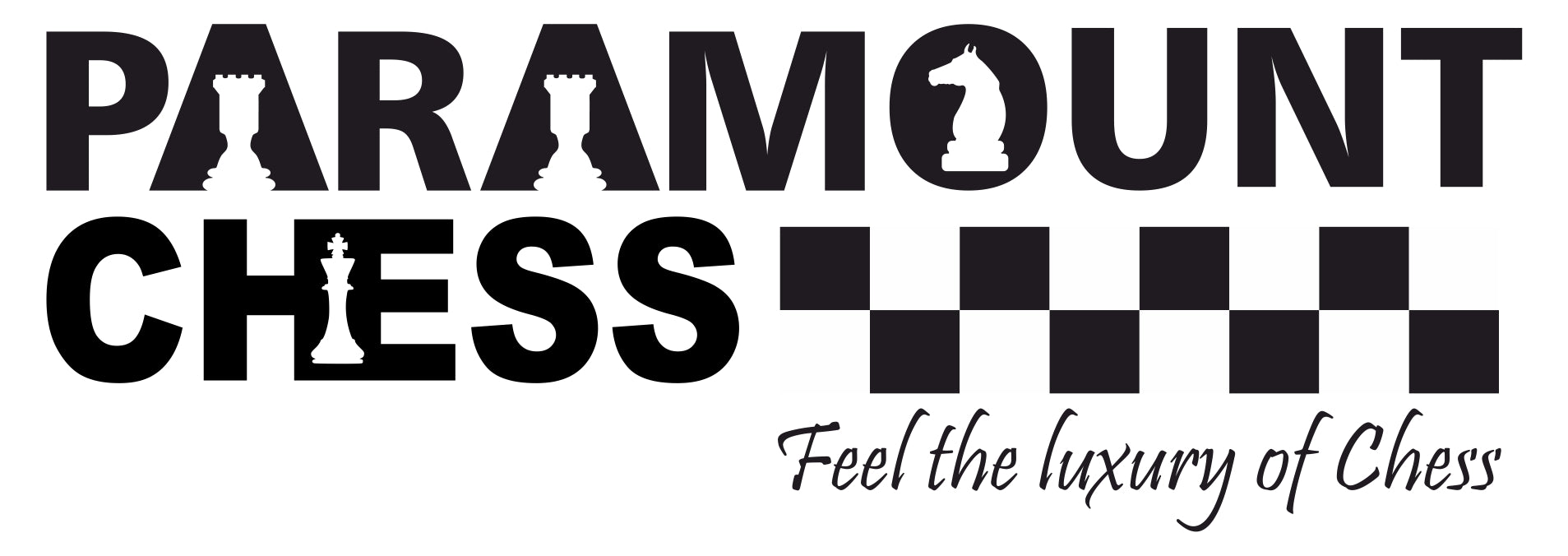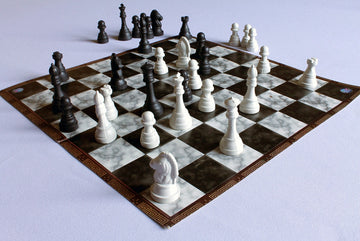
The Evans Gambit is one of the most aggressive gambits in the game of chess. It is a variation of the Italian Game. Evans Gambit is a much more aggressive line that follows from the Giuoco Piano variation of the Italian Game. It is named after the chess player Captain William Davies Evans who used it first in 1927. Evans Gambit involves sacrificing the white pawn on b4 to develop its pieces in the center of the board. Mikhail Chigorin and Garry Kasparov are famous practitioners of the Evans Gambit. The Encyclopedia of Chess Openings (ECO) classifies this opening from the categories of C51 to C52.

In the Evans Gambit, white offers its pawn on b4 for black to capture. This attacks the black bishop on c5. Therefore, black must react to this threat immediately. As we will see below, it has a choice to either accept or decline the gambit offered by white. This gives rise to many variations.
Pros and Cons of the Evans Gambit
Some of the advantages of this opening are:
- This is one of the most aggressive gambits involved in the game of chess
- From the very beginning, you can see that white is already looking to attack
- This can be a very dangerous gambit if it is not countered by black
Some of the disadvantages of this opening are:
- Black gains a pawn if they accept the Gambit
- There are a lot of good defences that are worked out for black to play
- As a result, this gambit can be safely declined

The moves involved in this opening are:
- e4 e5
- Nf3 Nc6
- Bc4 Bc5
- b4
Now is a good time to review the all important chess notations to have a better understanding of the variations below. Check out our article on chess notations here:
.
Let us look at some of the variations of the Evans Gambit
Evans Gambit Declined
The Evans Gambit is an aggressive opening that puts white ahead of the game. If black chooses to decline the gambit, it can do so by dropping its bishop back to b6. It is a quiet and sensible option since black avoids losing time. Also, there is very limited theory to this variation that makes it great to pick up early.

The moves involved in the Evans Gambit Declined Variation are
- e4 e5
- Nf3 Nc6
- Bc4 Bc5
- b4 Bb6
Whites main idea should be to take advantage of this and expand on the Queenside using its pawns. It can target the black bishop on b4 and use that to develop its pieces. Black on the other hand has to defend its bishop and knight pair as well as possible.
Evans Gambit Accepted – Stone Ware Defence
The main aim for black is to find a safe space for its bishop. To do this, it can either attack the white bishop using its knight. To do this black can move its knight to a5. Another option is to play Nf6 to attack the pawn on e4. White on the other hand can expand in the center using its pawns. One great way of doing this is to play d4. Alternatively, white can also move its Queen to b3 to target the pawn on f7.

The moves involved in the Evans Gambit Accepted Stone Ware Variation are
- e4 e5
- Nf3 Nc6
- Bc4 Bc5
- b4 Bxb4
- c3 Bd6
Evans Gambit Accepted – Lasker’s Defence
Again, even in this variation, the main idea is to retreat the black bishop to a safe square. In Lasker’s Defence, the black bishop is retreated to the safe e7 square away from the threat of white’s pawns. This is a quiet and solid variation that is very similar to the Stone Ware Defence.

The moves involved in the Evans Gambit Accepted Lasker’s Defence Variation are
- e4 e5
- Nf3 Nc6
- Bc4 Bc5
- b4 Bxb4
- c3 Be7
In this case, white’s best move would be to expand in the center of the board. It could do this using the pawn on c3 or d4. This can be followed by a d2 and d4 pawn advance further establishing control in the center. In addition to that, like the Stone Ware Defence, moving the White Queen to b3 and targeting the f7 pawn can be fruitful.
Black on the other hand could play d6 to support the pawn on e5. The main idea behind placing the bishop on e7 instead of d6 is so that it can pave the way for the d7 pawn to protect the e5 pawn. In addition to this, black can also play its knight to a5. Since the white bishop is actually the main piece of white that ties the gambit together.
Further Reading 1: https://www.thechesswebsite.com/evans-gambit/
Further Reading 2: https://en.chessbase.com/post/evans-gambit-for-the-new-generation



